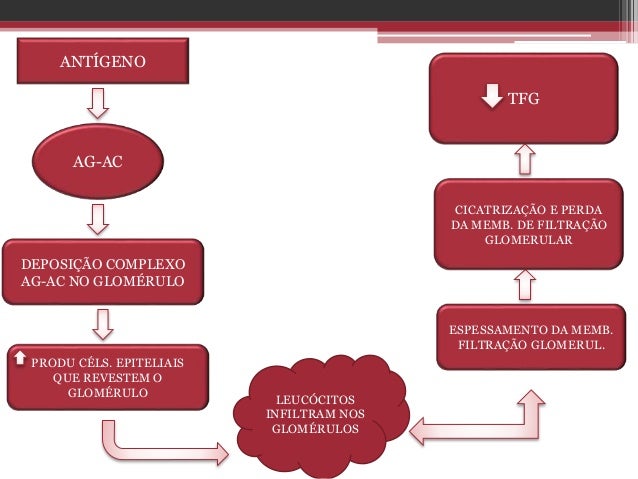Sindrome Da Boazinha Pdf Creator
They often feel flattered by the adult attention or are afraid that disclosure will create family disruption. In adulthood, they resist disclosure for emotional and personal reasons.
The location where the 1973 took place in, Sweden (photographed in 2005) Stockholm syndrome is a condition that causes to develop a psychological alliance with their captors as a survival strategy during captivity. These alliances, resulting from a bond formed between captor and captives during intimate time spent together, are generally considered irrational in light of the danger or risk endured by the victims.
The Hostage Barricade Database System and shows that roughly 8% of victims show evidence of Stockholm syndrome. This term was first used by foreign media in 1973 as when four hostages were taken during in, Sweden. The hostages defended their captors after being released and would not agree to testify in court against them. Stockholm syndrome is ostensibly paradoxical because the sympathetic sentiments captives feel towards their captors are the opposite of the fear and disdain an onlooker may feel towards the captors. There are four key components that characterize Stockholm syndrome: • A hostage's development of positive feelings towards their captor • No previous hostage-captor relationship • A refusal by hostages to co-operate with police forces and other government authorities • A hostage's belief in the humanity of their captor, for the reason that when a victim holds the same values as the aggressor, they cease to be perceived as a threat. Stockholm syndrome is considered a 'contested illness', due to doubt about the legitimacy of the condition. Stockholm syndrome has also come to describe the reactions of some abuse victims beyond the context of kidnappings or hostage-taking.

Actions and attitudes similar to those suffering from Stockholm syndrome have also been found in victims of,, discrimination, terror, and political and religious oppression. Main article: In 1973,, a convict on parole, took four employees of the bank (three women and one man) hostage during a failed bank robbery in, one of the largest banks in Stockholm, Sweden. He negotiated the release from prison of his friend to assist him. They held the hostages captive for six days (23–28 August) in one of the bank’s vaults. When they were released, none of them would testify against either captor in court; instead they began raising money for their defense., a Swedish and coined the term after asked him for assistance with analyzing the victims' reactions to the 1973 bank robbery and their status as hostages.
As the idea of was not a new concept, Bejerot, speaking on 'a news cast after the captives' release' instinctively reduced the hostages' reactions to a result of being brainwashed by their captors. He called it Norrmalmstorgssyndromet, meaning 'The Norrmalmstorg Syndrome'; it later became known outside of Sweden as the Stockholm syndrome. It was originally defined by psychiatrist to aid the management of hostage situations. Olsson later said in an interview: It was the hostages' fault. Game maker blood splatter particles of solid. They did everything I told them to. If they hadn't, I might not be here now. Why didn't any of them attack me?
